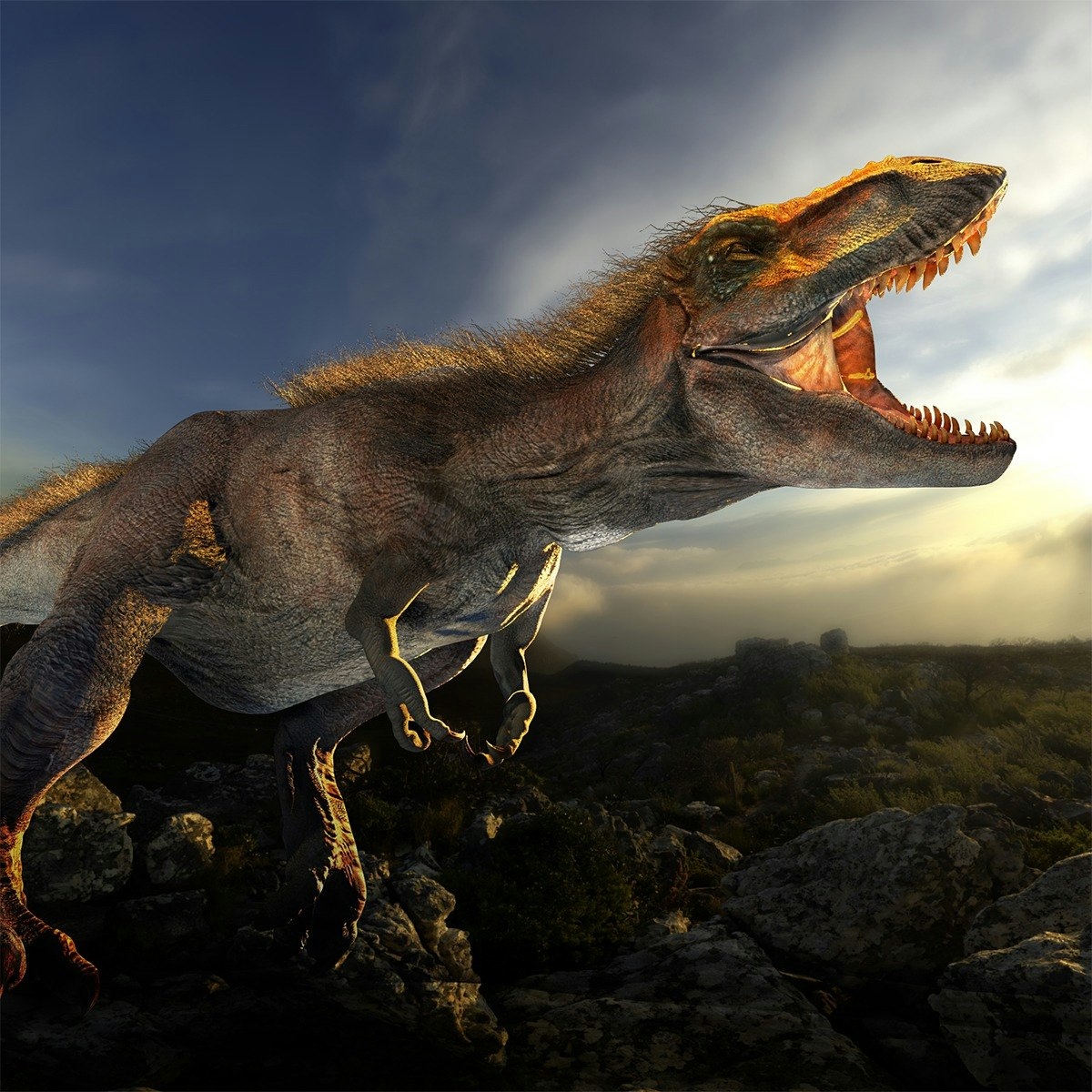
Dinosaurs are unique in the history of life. They evolved more than 200 million years ago, inhabited every continent, and are still around today. This course provides an overview of the world of dinosaurs, from the earliest small dinosaurs to titanosaurs and T. rex to modern birds, and investigates some of the most fascinating questions in dinosaur paleontology: How did dinosaurs get so big? What were they like when they were alive? Why did they suddenly go extinct? Drawing on the Museum’s long-standing leadership in the field, including the world's largest collection of vertebrate fossils, renowned paleontologists Mark Norell and Diego Pol, joined by colleagues from around the world, explain how modern discoveries are made. Through videos and essays, this course takes learners into the field, where fossils are discovered and excavated, and then back to the lab where paleontologists use new technologies and methods to infer how these animals lived. Learners will do their own investigations using real specimens to gain first-hand knowledge of how paleontologists continue to make new discoveries about ancient creatures.
What's inside
Syllabus
What are Dinosaurs?
We start with a few basic questions: What makes a dinosaur a dinosaur? How have dinosaurs inhabited our planet for hundreds of millions of years? How do we study them? Co-authors Dr. Mark Norell and Dr. Diego Pol kick off the course with three seminal essays. First, Pol provides a brief introduction to dinosaurs and their evolutionary context, from the Triassic period to today. Then Norell explains how he and other paleontologists discover fossil sites, excavate the specimens, and study them back at the American Museum of Natural History. A series of videos show scientists at work in the field and in the lab and provide a brief history of the Museum’s famous T. rex.
Read more
Syllabus
Good to know
Save this course
Activities
Read “The Rise and Fall of the Dinosaurs” by Steve Brusatte
Show steps
Provides a comprehensive and up-to-date overview of dinosaur history
View
The Rise and Reign of the Mammals
on Amazon
Show steps
-
Read through the book
-
Take notes on the most important points
-
Summarize the book's main arguments
Review introduction to dinosaurs
Show steps
Refreshes foundational knowledge on dinosaurs in preparation for this course
Browse courses on
Dinosaurs
Show steps
-
Review basic definition of the term “dinosaur”
-
Review of the characteristics of the first dinosaurs
-
Review of the two main groups of dinosaurs
Practice recognizing dinosaurs by their characteristics
Show steps
Develops the ability to categorize dinosaurs by characteristics
Browse courses on
Dinosaurs
Show steps
-
Practice recognizing dinosaurs by characteristics
-
Classify dinosaurs into their correct groups
Show all three activities
Read “The Rise and Fall of the Dinosaurs” by Steve Brusatte
Show steps
Provides a comprehensive and up-to-date overview of dinosaur history
View
The Rise and Reign of the Mammals
on Amazon
Show steps
- Read through the book
- Take notes on the most important points
- Summarize the book's main arguments
Review introduction to dinosaurs
Show steps
Refreshes foundational knowledge on dinosaurs in preparation for this course
Browse courses on
Dinosaurs
Show steps
- Review basic definition of the term “dinosaur”
- Review of the characteristics of the first dinosaurs
- Review of the two main groups of dinosaurs
Practice recognizing dinosaurs by their characteristics
Show steps
Develops the ability to categorize dinosaurs by characteristics
Browse courses on
Dinosaurs
Show steps
- Practice recognizing dinosaurs by characteristics
- Classify dinosaurs into their correct groups
Career center
Reading list
Share
Similar courses
OpenCourser helps millions of learners each year. People visit us to learn workspace skills, ace their exams, and nurture their curiosity.
Our extensive catalog contains over 50,000 courses and twice as many books. Browse by search, by topic, or even by career interests. We'll match you to the right resources quickly.
Find this site helpful? Tell a friend about us.
We're supported by our community of learners. When you purchase or subscribe to courses and programs or purchase books, we may earn a commission from our partners.
Your purchases help us maintain our catalog and keep our servers humming without ads.
Thank you for supporting OpenCourser.



